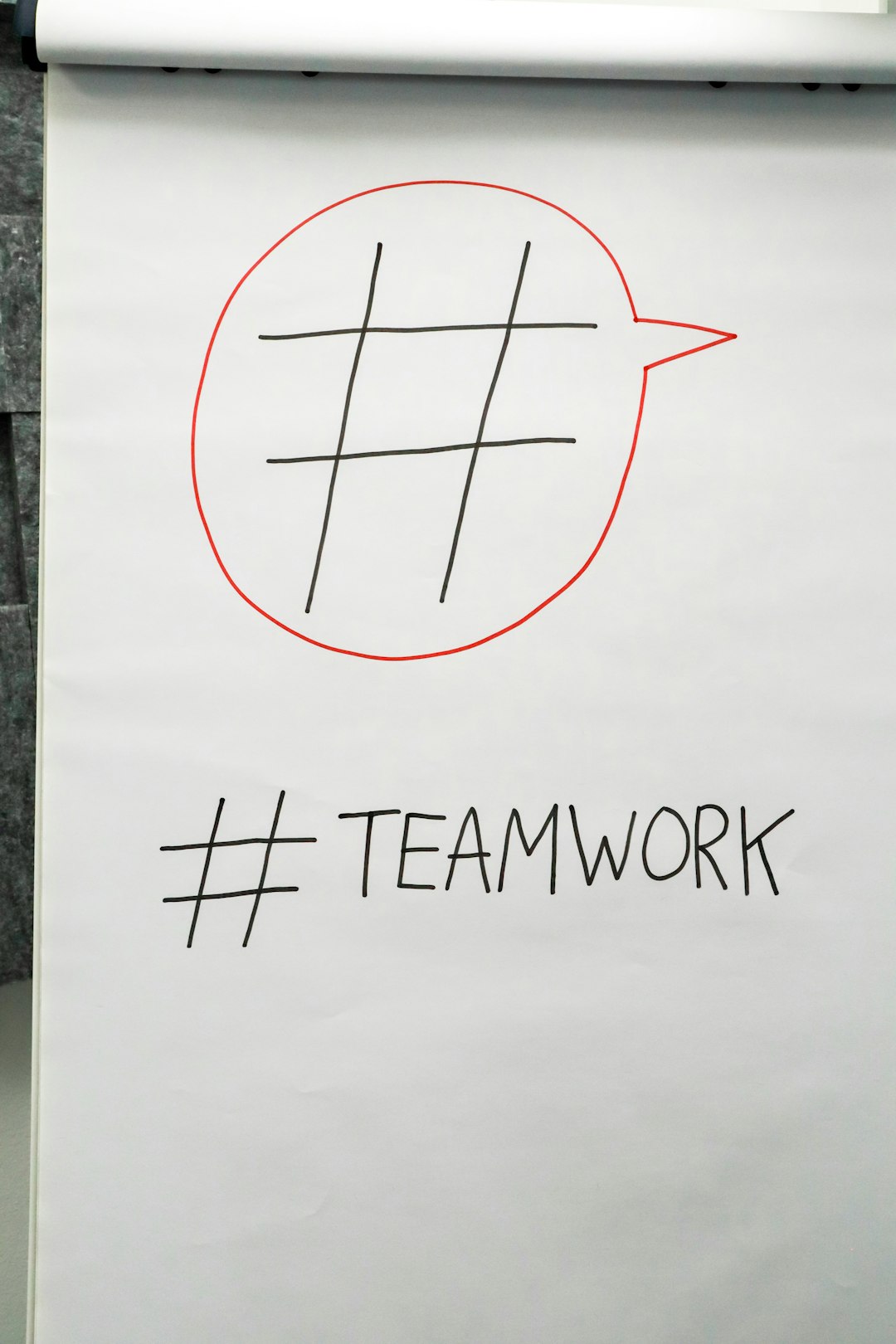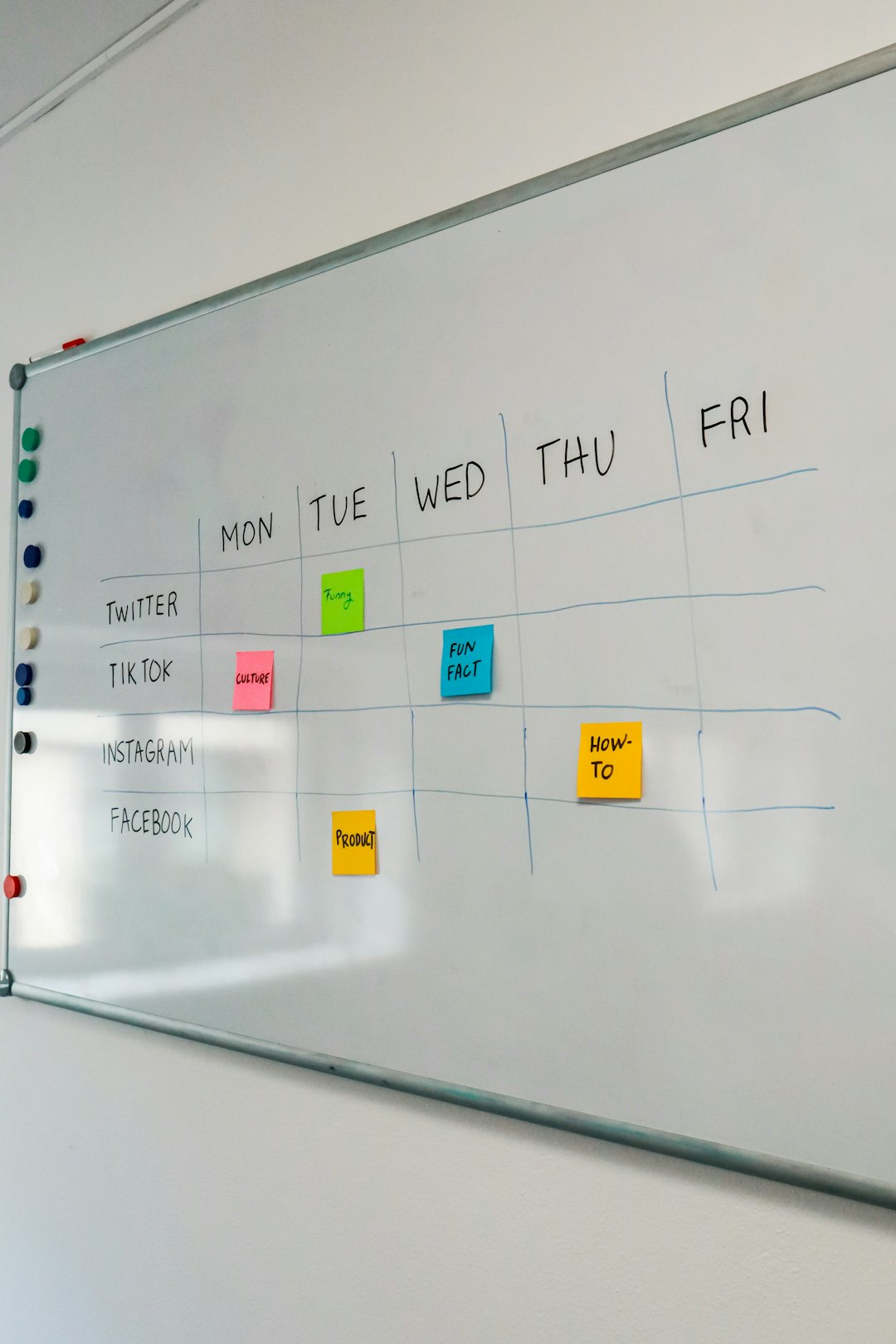In today’s fast-paced global market, delivering high-quality translations quickly and accurately is more important than ever. Whether you’re a localization manager, project coordinator, or team lead, refining your translation workflow can significantly boost productivity, reduce costs, and improve overall consistency. As we approach 2025, evolving tools and methodologies are reshaping how translation teams operate. Here’s how your team can stay ahead and optimize its workflow.
Contents of Post
1. Embrace Translation Management Systems (TMS)
A robust Translation Management System (TMS) acts as the backbone of any modern translation workflow. By automating time-consuming tasks such as file handling, resource assignment, and version control, TMS platforms streamline the process from content submission to final delivery.
Key benefits of using a TMS:
- Centralized Content: Manage all your translation projects in one place.
- Workflow Automation: Automatically assign tasks and send updates.
- Real-Time Collaboration: Enable translators, reviewers, and stakeholders to work seamlessly.

2. Implement Terminology and Style Guides
Consistent terminology is crucial for quality translations, especially when working with multiple translators across different projects. Developing a centralized glossary and style guide ensures everyone on your team speaks the same language—literally and figuratively.
When writing or localizing for specific markets, style and terminology can vary significantly. By using clear documentation, you eliminate guesswork and reduce review cycles.
Tips for creating effective guides:
- Create glossaries for industry-specific terms.
- Define tone, voice, and grammar preferences for each target market.
- Update the guides regularly as new content and markets emerge.
3. Leverage AI-Powered Tools
AI is revolutionizing translation workflows by providing intelligent suggestions, improving accuracy, and accelerating output. Integrating AI-assisted translation tools like adaptive machine translation (MT) and semantic search helps your team handle larger volumes with fewer errors.
Modern tools can:
- Pre-translate content using context-aware algorithms.
- Identify translation memory matches automatically.
- Offer real-time predictive typing for faster turnaround.
Remember, AI should support—not replace—your human translators. The best results come from a hybrid approach that leverages the speed of AI with the nuance of human expertise.
4. Foster Cross-Functional Communication
Efficient translation doesn’t happen in isolation. It requires close coordination between marketers, developers, designers, and translators. To avoid delays and misunderstandings, establish an open line of communication early on.
Strategies to improve team communication:
- Use shared communication channels like Slack or Microsoft Teams.
- Hold regular stand-ups or check-ins to address blockers.
- Document requests and feedback using project management tools like Jira or Asana.

5. Batch and Prioritize Workloads
Managing a high volume of translation requests can become overwhelming. Batch your projects and categorize them by urgency, complexity, and resource availability. This allows teams to focus on high-priority tasks without constant context switching.
Some helpful ways to prioritize include:
- Assigning tags or labels to urgent content.
- Creating a content calendar for better tracking.
- Utilizing automated workflows to route high-priority tasks first.
6. Track Metrics and Optimize Continuously
You can’t improve what you don’t measure. Establish KPIs for your translation process—such as turnaround time, error rates, number of revisions, and translator productivity. Use analytics tools built into your TMS or external dashboards to track progress over time.
Regular retrospectives and performance reviews allow you to identify bottlenecks, test new tools, and invest in ongoing training.
7. Invest in Professional Development
Technology is only part of the equation. Equipping your translators, reviewers, and project managers with ongoing training ensures they can keep up with evolving tools and linguistic standards.
Offer workshops, webinars, certification support, and access to online communities where team members can share challenges and insights. A knowledgeable team is an agile and high-performing team.
Conclusion
Optimizing your translation workflow for 2025 is about more than just adopting new tools—it’s about building a culture of collaboration, consistency, and adaptability. With a solid infrastructure, smart use of AI, and ongoing support for your team, you can deliver better translations faster and meet the demands of a growing global audience. Start small, iterate often, and always keep communication at the core of your process.

